Time and care are essential for a vegetable garden. However, even a new gardener can produce a rich crop throughout the growing season if given the proper guidance and time. Below, we learn the Virginia vegetable planting calendar, month-by-month vegetable planting chart, seasonal planting guide for Virginia vegetables, and Virginia state plant hardiness zones.
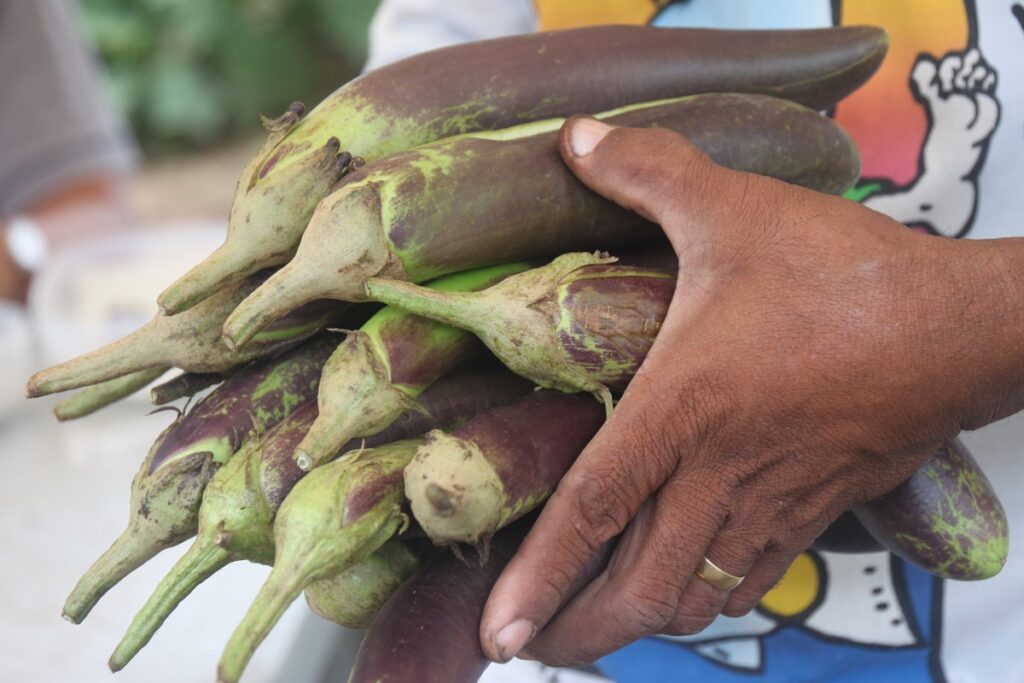
Virginia vegetable planting calendar
When can you plant vegetables outside in Virginia?
April 15 marks the typical end of frost-free weather in Virginia. After this date, there is no longer any risk of frost harming your outdoor summer vegetable plantings. However, remember that the weather and the plants you choose to grow will change with the seasons. Plants should be protected against a late-season frost by being brought within for the night.
Plants can’t grow on poor soil. Whether you’ve already decided on a location for your garden, you can go on to the next step: testing the soil to see if it has enough nutrients for your plants. Compost is your best bet if you want to improve your soil naturally. A location that receives six or more hours of sunlight daily is excellent. Having access to water during the summer is essential, so plan accordingly.
What can I plant in March in Virginia?
Seed catalogs and packages often say “as soon as the soil can be worked” for planting. A quick way to see whether the soil is workable is to crush a handful into a ball. It’s impossible to till the soil if you can form a ball out of it. The soil’s temperature is the most reliable predictor of when to plant. Soil temperatures between 45 and 50 degrees Fahrenheit are ideal for planting cool-season crops like collards, leeks, peas, radishes, and spinach.
Conversely, soil temperatures over 65 degrees Fahrenheit are necessary for planting warm-season crops like cucumbers, squash, corn, and beans. If you haven’t already, March is a great month to start a compost pile. Composting bins can be purchased at most garden stores or nurseries.
When should I plant tomatoes in Virginia?
Sow seeds 5–7 weeks before the latest average frost date. The last frost occurs between April 15th and 25th in Central Virginia, in plant hardiness zone 7a. This means March is an ideal time to plant tomato seeds in your location. Too early seed starting is a typical problem that leads to tall, lanky, and weakened plants that do not adapt well to being transplanted.
In case you missed it: How to Grow Spinach in USA: Soil, Propagation, Planting, Care, and Farming Tips
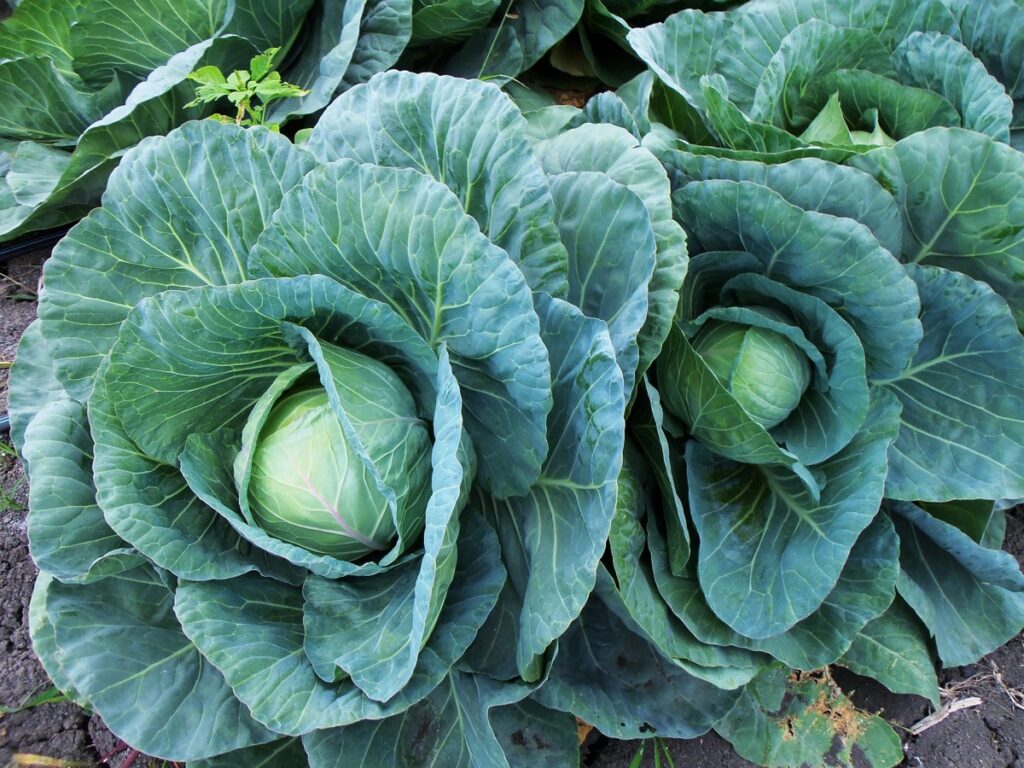
What gardening zone is Virginia?
Virginia’s moderate, humid, subtropical climate is largely because of the Atlantic Ocean. As a result, humidity and heat waves are more common in the state’s extreme southern and eastern regions. West of the Blue Ridge, the climate changes from marine-temperate to humid continental in the mountains. It’s no secret that the Gulf Stream makes coastal areas more susceptible to storm damage.
Both the winter and summer in Virginia are quite harsh. Nearly all of the state’s yearly precipitation, around 40 inches, and around 35 days’ worth of thunderstorms fall in the western part of the state. Annually, several hurricanes, tornadoes, and blizzards hit Virginia. In January, the coldest month, temperatures typically hover around 36 degrees. In sections of Central Virginia, heavy snowfall is possible throughout the winter months.
With a Planting Zone Map available online, pinpointing your specific hardiness zone is easy. Virginia has temperatures suitable for growth in zones 5a through 8a. Planting and hardiness zones are tools gardeners use to determine which plant species would do well in a given region. Planting zones come in a variety of forms. Using the zone, one can determine the optimal planting window. Planting zones in Virginia are determined by historical data on when the first and final frosts occur.
Unless otherwise specified, only hardy plants that prefer lower temperatures than Virginia should be cultivated in your garden. Therefore, if you reside in zone 5a, you can grow anything suggested for zones 1 through 5. However, you should avoid planting anything that needs a warmer temperature zone since it will perish over the winter.
When should I start seeds in Virginia?
The latest average frost date in your location is the most important date to remember. The week of May 10 through May 15 is the peak of spring in our part of central Virginia. That’s the day on which you should plan to begin germinating seeds inside for most crops. Take tomatoes as an example here.
The normal final frost is about May 15. Thus, tomatoes should not be planted outdoors before then. It takes around six weeks before our typical frost date of May 15 for tomato seedlings to be ready for transplanting following sowing. Typical “cold weather” crops like broccoli and cabbage are exceptions to this rule.
Can I plant carrots in September in Virginia?
Although it is now late in September to plant carrots, you should do so if you missed the August planting period. Carrots will be delivered, but they won’t be very large. Carrots can mature slowly, but autumn weeds can spread quickly, so it’s essential to hoe between the rows as quickly as you see them. Carrots should be hand-weeded and maintained with claws after they reach this height.
Weeding is ineffective unless the soil’s surface is also gently disturbed. This crusting makes it challenging to develop seedlings in areas with heavy rainfall. When the crust is cracked, water and air can penetrate. Carrot rust flies can be prevented by removing all carrot thinnings and putting them in the compost pile if you live in an area where they could breed.
In case you missed it: Vertical Cucumber Farming for the Urban Gardener: Clever Ways to Get More Yields from Small Spaces
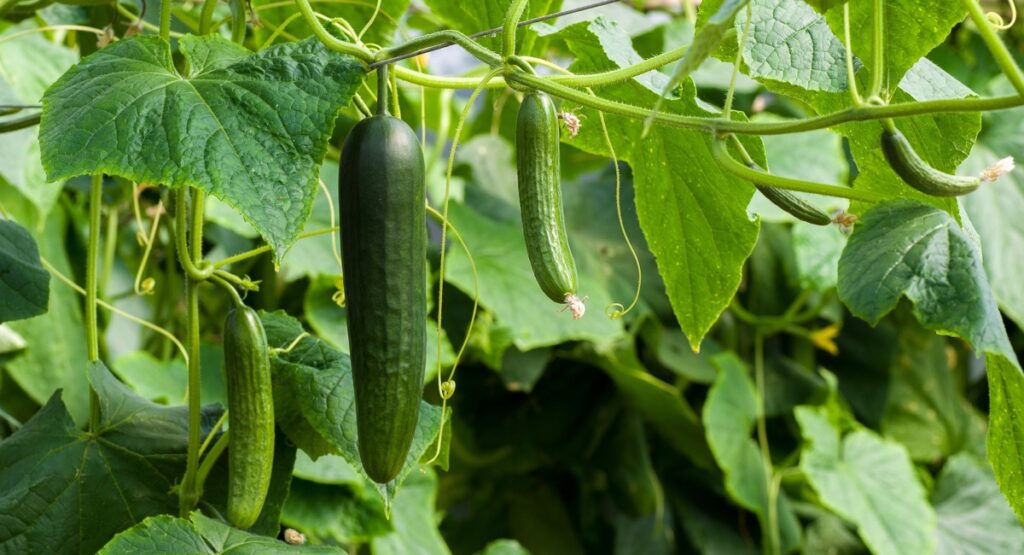
Carrots must be thinned to 3 inches (7.5 cm) in height once you’ve finished weeding. If you planted in August, you’d need to do it in September. Perhaps the little ones you find are the right size to wash and toss into a salad. They lack taste until they turn orange, but they are beautiful to look at anyway.
What vegetables can you plant in April in Virginia?
Plants that thrive in cooler temperatures, such as broccoli, cabbage, Brussels sprouts, cauliflower, lettuce, and onions, can be planted in the spring. However, we can’t plant frost-sensitive crops like peppers, tomatoes, and eggplant until the threat of frost has gone. The soil temperature is typically the cause in cases of poor seed germination. Some plant seeds aren’t hardy enough and will decompose in cold soil.
Preparing the soil is a crucial first step in planting, even before planting seeds. Seedlings are being hardened off or acclimated to outside circumstances. Since they’ve always been in a warm, light, protected setting, these young plants must be gradually introduced to the outside. Two weeks before you want to put them outdoors, begin the hardening-off procedure.
Reduce the quantity of water you give your plants a few days before you want to start hardening them off and hold off on fertilizing until you’re ready to put them in the garden. Then, move your transplants outside into a sheltered spot where they won’t be prone to strong winds or intense sunlight.
When can you plant beans in Virginia?
The planting season for spring snap beans in Virginia normally runs from April 1 to May 15, and harvesting is often done by machine from June 10 to July 10. Planting for fall snap beans can occur between August 1 and August 25, and harvesting can occur between October 1 and 31. Typically, types of snap beans usually take between 58 and 62 days to reach full maturity.
What vegetables to plant in July in Virginia?
The best time to plant many autumn crops is early July. Spinach, beans, kale, peas, radishes, beets, broccoli, carrots, and winter squash can all be grown from seed. Cabbage, kale, cauliflower, and onion seedlings should be planted.
What vegetables can I plant now in Virginia?
Spring vegetable planting in Virginia
High-nitrogen garden soil is great for developing healthy, green leaves, but it stunts the development of huge, bountiful crops in fruiting plants. Planting nitrogen-fixing vegetables, such as lettuce, kale, spinach, broccoli, or peas, effectively fights this problem. These plants thrive in high-nitrogen soil and use the extra nitrogen as they grow. Vegetables to try growing this spring in Virginia: English peas, snow peas, snap peas, lettuce, kale, spinach, broccoli, cauliflower, and Brussels sprouts.
Until the final frost has passed, seeds shouldn’t be planted in a garden. Given the unpredictability of the weather, particularly in the Mid-Atlantic/Tidewater region, and the risk of a late-season frost, this is a tough question to answer. In a moment, we’ll go through some measures you can take to protect your garden from spring storms.
Fall vegetable planting in Virginia
Produce, including lettuce, mustard, broccoli, cabbage, onions, beets, carrots, radishes, spinach, and turnips, should do well in Central Virginia into the autumn and even a light frost. Fall vegetable planting also provides various benefits over spring vegetable gardening: Disease and bug populations tend to decrease. Strong importance must be given to quality soil. Regular soil testing is a must for any serious gardener.
At least once per year, beds should have compost sprinkled on them if they are located in an area that may have recently been the construction site. Use containers instead of the soil if contamination is a concern. Sunlight and proximity to water sources are other crucial considerations.
In case you missed it: Top 19 Steps/Ways/Methods to Boost Lettuce Yield: How to Increase Production, and Quality
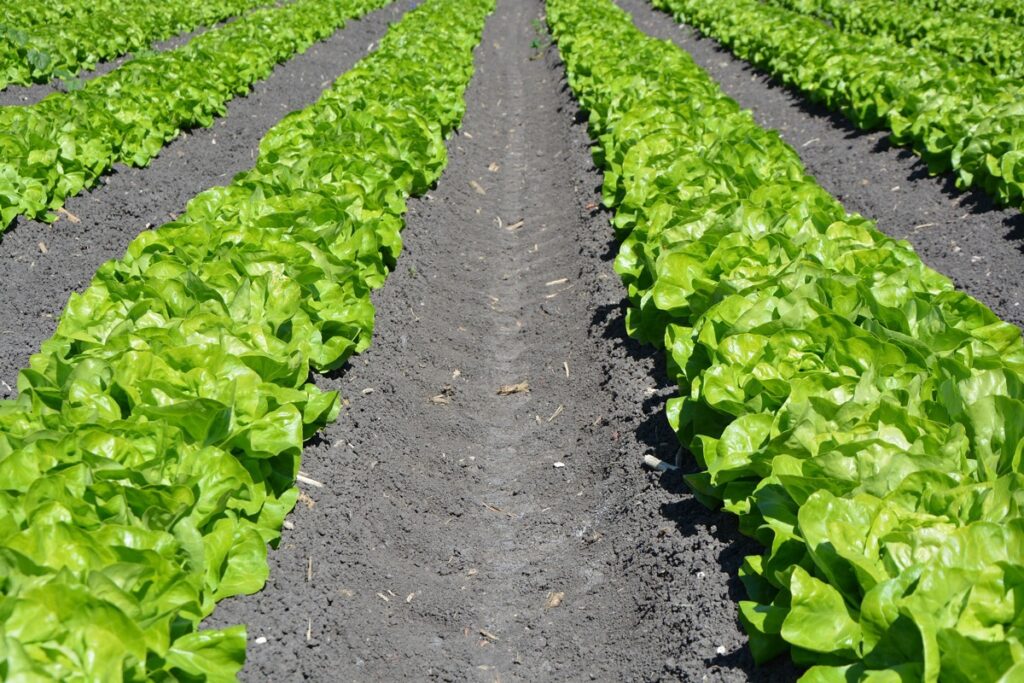
Summer vegetable planting in Virginia
It’s not too late to plant your summer vegetable garden in coastal Virginia, even if June has just begun. Seeds or transplants (bought from a garden center) can grow all the summer staples, including tomatoes, cucumbers, okra, squash, peppers, beans, and zucchini. April 15 marks the typical end of frost-free weather in Virginia state. After this date, there is no longer any risk of frost harming your outdoor summer vegetable plantings.
Remember that the weather and the plants you choose to grow will change with the seasons. Plants should be protected against a late-season frost by being brought within for the night. Plants can’t grow on poor soil. Whether you’ve already decided on a location for your garden, you can go on to the next step.
Have the soil tested to see if it has enough plant nutrients? Compost is your best bet if you want to improve your soil naturally. A location that receives six or more hours of sunlight daily is excellent. Having access to water during the summer is crucial, so plan accordingly.
Winter vegetable planting in Virginia
Even if you’re still resting from the holidays and the new year, February and March are coming. It is also possible to employ row covers and hot beds to jumpstart the spring planting season. Covered hot beds allow for the January planting of crops, including broad beans, carrots, peas, purple sprouting broccoli, rhubarb, and even bush beans, which can be harvested as early as March.
This helps bridge the gap between the lean winter harvest and the abundant spring crops that aren’t usually available to harvest until May. The insulation value of covers varies, but even the least efficient ones can increase the air temperature by three to five degrees, making them useful even when the temperature drops to 28 degrees at night. Use weights or ties to keep your covers firmly planted on the ground, preventing draughts and keeping warm air.
When protecting plants from harsh winter weather, heated beds, and greenhouses are the next lines of defense. During the winter, you may utilize hot beds to maintain the soil at a more comfortable temperature. Simple methods include drilling a two-foot-deep hole, filling it with 18 inches of horse manure mixed with straw, and topping it off with 6 inches of high-quality garden soil.
In case you missed it: Top 14 Steps to Boost Spinach Yield: How to Increase Production, Quality, and Tips
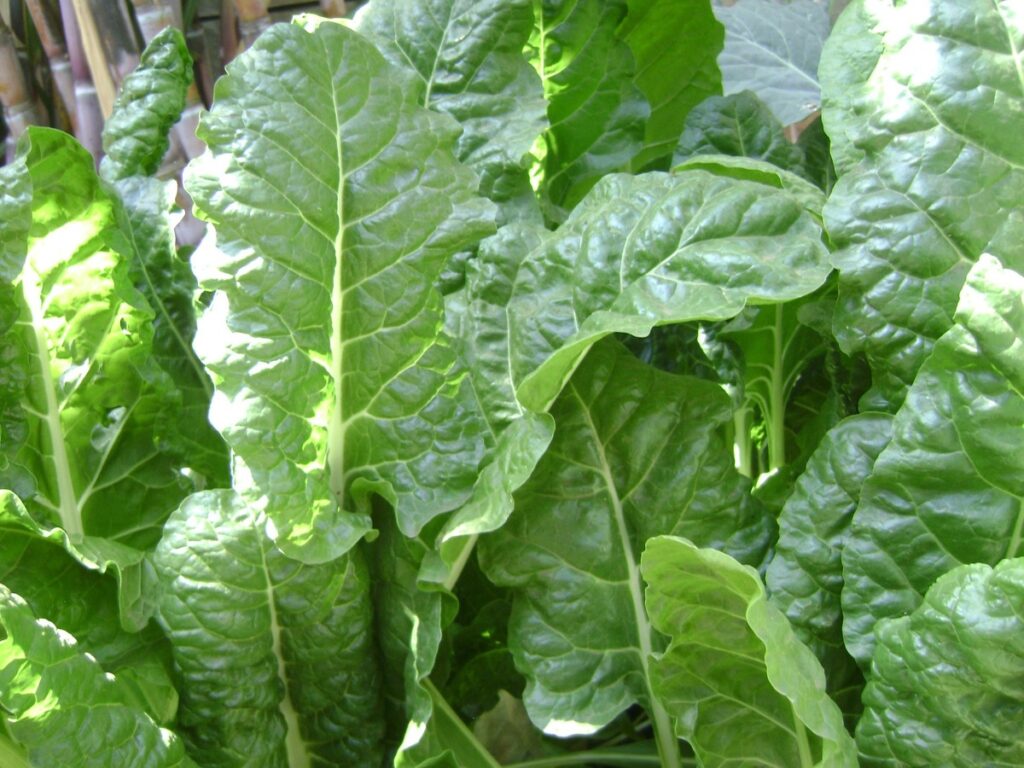
Virginia vegetable planting calendar/guide/chart/schedule
| Vegetables | Zone 5 | Zone 6 | Zone 7 | Zone 8 |
| Snap Beans | Mid-May to Sep | May to Mid-Oct | Apr to Mid-Oct | Mid-Mar to Mid-Oct |
| Lima beans | Mid-May to Sep | May to Mid-Oct | Apr to Mid-Oct | Mid-Mar to Mid-Oct |
| Beets | Apr to June, Mid-July to Mid-Oct | Mid-Mar to June, Mid-July to Mid-Oct | Mar to May, Aug to Oct | Mid-Feb to Mid-May, Mid-Aug to Mid-Nov |
| Broccoli | Mid-Mar to June, July to Oct | Mar to Mid-June, Mid-July to Oct | Mid-Feb to May, Aug to Mid-Nov | Feb to Mid-May, Aug to Nov |
| Brussel Sprouts | Apr to Oct | May to Oct | Mid-Apr to Mid-Sep | Apr to Aug |
| Cabbage | Mid-Apr to Oct | May to Oct | Mar to Mid-June, Mid-July to Oct | Mid-Feb to May, Aug to Mid-Nov |
| Carrots | Apr to Jun, Aug to Mid-Oct | Apr to June, Aug to Oct | Mar to Mid-June, Aug to Oct | Mid-Feb to May, Mid-Aug to Mid-Nov |
| Cauliflowers | Mid-Apr to Mid-Oct | Mar to Mid-June | Mid-Feb to May, Aug to Mid-Nov | Feb to Mid-May, Mid-Aug to Nov |
| Corn | Mid-May to Mid-Sep | May to Sep | May to Aug | Mid-Apr to Aug |
| Cucumber | Mid-May to Mid-Sep | May to Sep | May to Aug | Mid-Apr to Aug |
| Kale | Apr to June, Mid-July to Oct | Mid-Mar to Mid-June, Aug to Mid-Nov | Mar to May, Aug to Mid-Nov | Mid-Feb to Mid-May, Mid-Aug to Mid-Nov |
| Lettuce | Mid-Apr to June, Mid-July to Mid-Oct | Mid-Mar to Mid-June, Aug to Oct | Mar to May, Aug to Oct | Mid-Feb to May, Mid-Aug to Mid-Nov |
| Onions | Apr to Sep | Mid- Mar to Aug | Mar to Aug | Mid-Feb to Aug |
| Peas | Apr to June, Mid-July to Mid-Oct | Mid-Mar to May, Aug to Oct | Mid-Feb to Mid-May, Mid-Aug to Mid-Nov | Mid-Feb to Mid-May, Sep to Mid-Nov |
| Peppers | Apr to Sep | Mid-Mar to Sep | Mar to Sep | Mid-Feb to Mid-Sep |
| Spinach | Apr to June, Mid-July to Oct | Mar to June, Mid-July to Oct | Mar to June, Aug to Mid-Nov | Mid-Feb to May, Sep to Nov |
| Summer Squash | Mid-May to Sep | May to Sep | May to Mid-Oct | Mid-Apr to Mid-Oct |
| Tomato | Apr to Sep | Mid-Mar to Sep | Mar to Sep | Mid-Feb to Mid-Sep |
| Asparagus | Apr | Apr | Apr | Mid-Jan to Mid-Mar, Nov and Dec |
| Artichokes | – | – | – | – |
| Celery | – | – | – | |
| Chard | – | – | – | – |
| Chives | – | – | – | – |
| Eggplants | May | May | Apr to Mid-May, Mid-July | Apr to Mid-May, Mid-July |
| Kohlrabi | Early Apr and Late-Sep | Early Apr and Late-Sep | – | – |
| Okra | Mid-May to late May | Mid-May to late May | Apr to June, Mid-June to July | Apr to June, Mid-June to July |
| Potatoes | Early April to Mid-April | Early April to Mid-April | Mid-Jan to Mar | Mid-Jan to Mar |
| Radish | Late Mar to Early-May | Late Mar to Early-May, Aug | Mid-Jan to Apr, Sep to Mid-Oct | Mid-Jan to Apr, Sep to Mid-Oct |
| Winter squash | May | Mid-May | Apr to Aug | Apr to Aug |
In case you missed it: Tomato Farming Business Plan: A Production and Cultivation Guide for Beginners
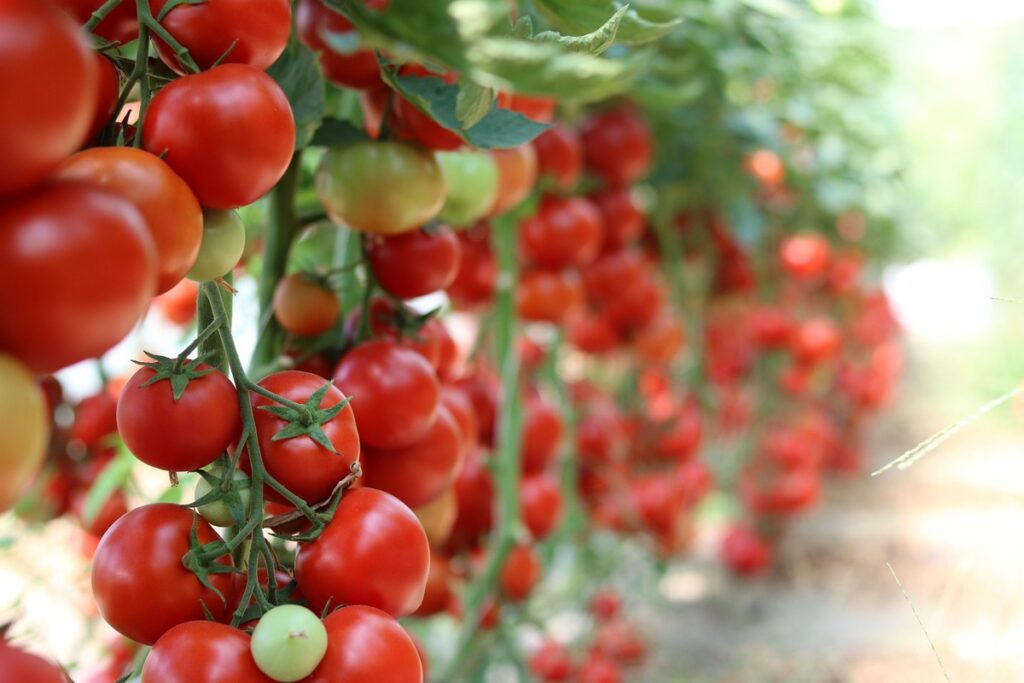
Conclusion
By staying on top of these details, you can guarantee that your early spring plant transfers will be successful. Here, we get at the most crucial action you can do to improve the chances of survival for your young plants. Be kind to them! You can often know exactly what a plant needs by looking at it. Remember to take into account what the plant requires.
Does the room have just the right light, or is it too bright? If so, do they need more water? Remember to check on the plants every day.
- Types of Pesticides Used in Agriculture: A Beginner’s Guide
- Economical Aquaculture: A Guide to Low-Budget Fish Farming
- 15 Common Planting Errors That Can Doom Your Fruit Trees
- How to Make Houseplants Bushy: Effective Tips and Ideas
- Innovative Strategies for Boosting Coconut Pollination and Yield
- Pollination Strategies for Maximum Pumpkin Yield
- The Complete Guide to Chicken Fattening: Strategies for Maximum Growth
- Natural Solutions for Tulip Problems: 100% Effective Remedies for Leaf and Bulb-Related Issues
- Revolutionizing Citrus Preservation: Towards a Healthier, Greener Future
- Natural Solutions for Peony Leaf and Flower Problems: 100% Effective Remedies
- Maximizing Profits with Avocado Contract Farming in India: A Comprehensive Guide
- Natural Solutions for Hydrangea Problems: 100% Effective Remedies for Leaf and Flowers
- The Ultimate Guide to Choosing the Perfect Foliage Friend: Bringing Life Indoors
- From Sunlight to Sustainability: 15 Ways to Use Solar Technology in Agriculture
- The Ultimate Guide to Dong Tao Chicken: Exploring from History to Raising
- The Eco-Friendly Makeover: How to Convert Your Unused Swimming Pool into a Fish Pond
- Mastering the Art of Delaware Chicken Farming: Essentials for Healthy Backyard Flocks
- 20 Best Homemade Fertilizers for Money Plant: DIY Recipes and Application Methods
- How to Craft a Comprehensive Free-Range Chicken Farming Business Plan
- Brighten Your Flock: Raising Easter Egger Chickens for Beauty and Bounty
- How to Optimize Your Poultry Egg Farm Business Plan with These Strategies
- Subsidy for Spirulina Cultivation: How Indian Government Schemes Encouraging Spirulina Farmers
- Ultimate Guide to Raising Dominique Chickens: Breeding, Feeding, Egg-Production, and Care
- Mastering the Art of Raising Jersey Giant Chickens: Care, Feeding, and More
- Ultimate Guide to Raising Legbar Chickens: Breeding, Farming Practices, Diet, Egg-Production
- How to Raise Welsummer Chickens: A Comprehensive Guide for Beginners
- How to Protect Indoor Plants in Winter: A Comprehensive Guide
- Ultimate Guide to Grow Bag Gardening: Tips, Tricks, and Planting Ideas for Urban Gardeners
- Guide to Lotus Cultivation: How to Propagate, Plant, Grow, Care, Cost, and Profit
- Agriculture Drone Subsidy Scheme: Government Kisan Subsidy, License, and How to Apply Online
- Ultimate Guide to Raising Araucana Chickens: Breed Profile, Farming Economics, Diet, and Care
- Bringing Hydroponics to Classroom: Importance, Benefits of Learning for School Students
- Ultimate Guide to Raising Polish Chickens: Breed Profile, Farming Economics, Diet, and Care
- Ultimate Guide to Raising Australorp Chickens: Profile, Farming Economics, Egg Production, Diet, and Care
- Silkie Chicken Farming: Raising Practices, Varieties, Egg Production, Diet, and Care
- Sussex Chicken Farming: Raising Practices, Varieties, Egg Production, Diet and Care